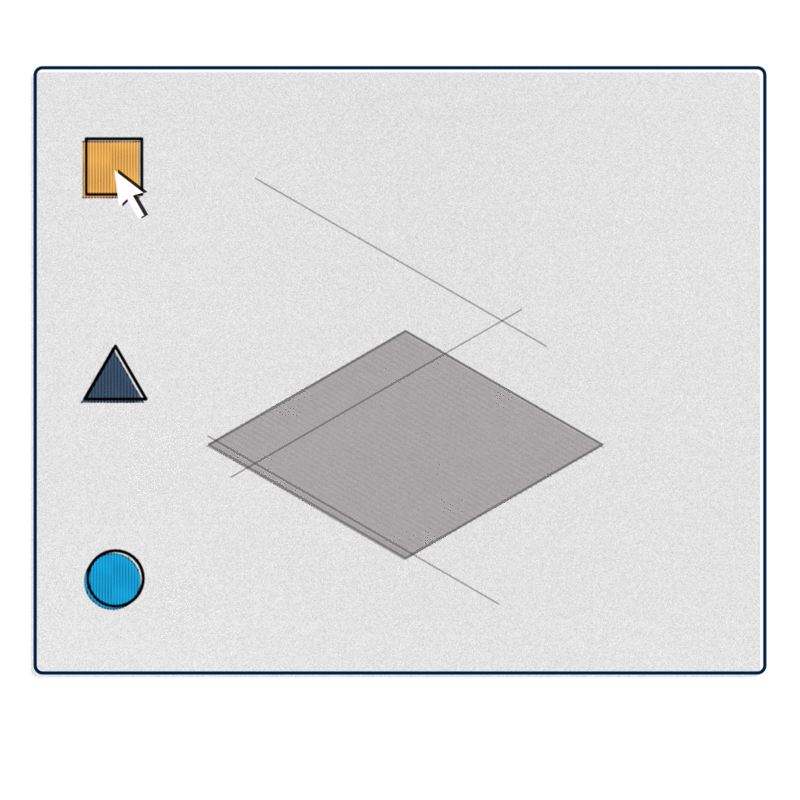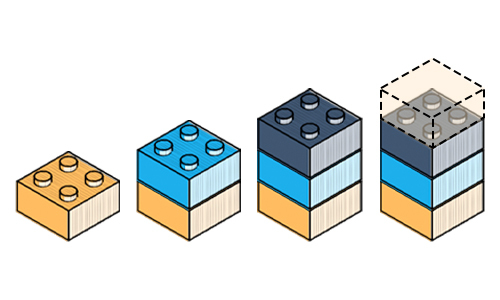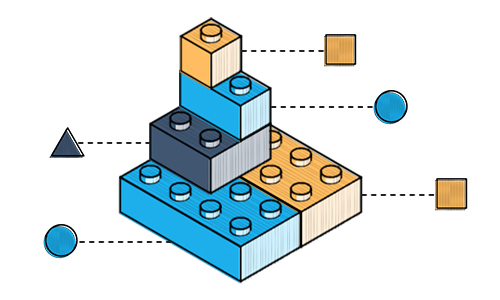
Are you looking to improve and future-proof your organization’s digital presence?
We highly recommend investing in a design system to do just that!
A design system gives organizations a blueprint and strategy playbook that ensures brand consistency, cost-effective solutions, scalable workflows, and improved audience engagement.
Sounds great, right? But how is this achieved? Let’s break it down.
Understanding Design Systems:
Imagine a design system as a master toolkit for creating and maintaining your organization’s digital presence. It’s like having a handy reference website full of reusable components, patterns, and guidelines. This toolkit is always evolving and ready to use, serving as a single source of truth for your design, development, and marketing teams. By using this toolkit, you can easily establish and maintain standards across teams. This ensures a consistent and cohesive customer experience that engages, and converts!

The Importance of Design Systems
Consistency:
Consistency ensures a memorable experience for your brand and audience. When teams leverage reusable components guided by clear guidelines and standards, they can certify that colors, typography, layouts, and interactions are consistent across the digital experience. This consistency helps to strengthen brand identity and makes your marketing website more recognizable, user-friendly, and memorable to the audience.
Efficiency:
Upfront investment pays off in the long run. Once a library of reusable components and patterns is available for teams to leverage, it reduces the need to recreate elements from scratch. Clear guidelines and standards streamline workflow for designers, developers, and digital marketers. This clarity reduces the likelihood of errors, misinterpretations, or rework, saving time and cost.
Scalability:
Scalability is a crucial aspect that ensures design systems can grow and evolve alongside your business without compromising consistency or efficiency. The foundation for this scalability lies in modularity and flexibility. Modularity ensures that components and patterns can be combined and rearranged to create new layouts and pages. Flexibility accommodates new content, features, and design elements as your marketing needs change. Whether your organization is expanding into new markets or rebranding, a design system can seamlessly adapt to these changes without requiring a complete overhaul.
Engagement:
Design systems include guidelines and best practices for usability, such as accessible design principles and intuitive navigation patterns. Following these guidelines ensures your marketing website is user-friendly and easy to navigate, leading to higher engagement, longer time on site, and increased conversions.

The Anatomy of Design Systems
Layout Foundations:
Layout Foundations establish the structure and organization of visual content within a digital user interface. By implementing and documenting a grid system and spacing scale, designers and developers can foster a shared understanding of how design elements are structured and interact, promote visual hierarchy, and establish consistency.
Visual Styles:
Visual Styles are attributes that define overall aesthetic and appearance of a digital user interface, such as color and typography. They ensure that all design elements and components across a digital experience maintain unity and reflect the values and personality of your brand.
Components:
Components are the building blocks assembled to create visual patterns and interactive behaviors. Modular and reusable components like buttons, forms, cards, and navigation menus follow Layout Foundations and inherit Visual Styles to promote consistency and scalability. This efficiency allows teams to leverage and expand upon existing elements to accommodate evolving customer needs and business objectives.
Patterns and Page Types:
Predefined layout and interactive patterns articulate how to best leverage Components to solve for customer needs and business objectives. Assembling the reusable building blocks of a design system in strategic ways allows teams to create and launch new sections, features, and pages quickly while maintaining consistency and quality.
Guidelines:
As a marketing website grows, so does the number of people working on it. Guidelines are like a strategic playbook ensuring that everyone involved is working towards the same goals and standards. If components are the Lego pieces, guidelines are the instruction manuals with strategies and principles for leveraging them intentionally and effectively.
Conclusion
Design systems can transform your marketing website into a powerful digital ambassador — always on brand and effortlessly engaging audiences — while adapting to evolving needs. Investing in a design system isn’t just about today; it’s about future-proofing your digital presence.
Get in touch to learn how Saltwater can help you leverage design systems and set the stage for lasting success in the digital world.
Back